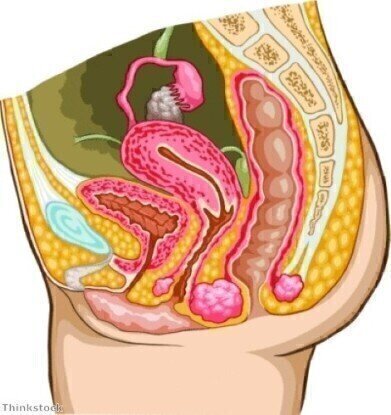-
 HPV testing could identify those at risk of cervical cancerr earlier on
HPV testing could identify those at risk of cervical cancerr earlier on
Bioanalytical
HPV testing could allow for more time between cervical screening
Jan 21 2014
Testing individuals for the human papilloma virus (HPV) could result in longer periods between cervical screening tests. Research from the Karolinska Institutet in Sweden has found that by testing for the HPV virus, individuals are able to go for longer periods between screening tests in comparison to the time between screening when cytology-based testing is used.
Published in the 'British Medical Journal' the study highlights how testing for this virus could help to identify women that have a higher chance of developing cervical cancer. Cytology has been heavily relied on until recently to see if women have an increased chance of being diagnosed with cervical cancer. However, further testing on cervical screening to include analysis for HPV DNA provides a higher sensitivity for identifying cervical intraepithelial neoplasia (CIN).
CIN is the lesion that cervical screening looks for as leaving it untreated can lead to the development of cervical cancer. It was previously thought that HPV-testing might lead to overdiagnosis of CIN that would not have led to the development of cancer or if these types of tests could allow for longer periods of time between screenings.
The study is a long term follow up of a randomised national trial called Swedescreen, which began in 1997 and included over 12,000 women between the ages of 32 and 38 throughout Sweden. Women in the study underwent either both cytology and HPV testing or only cytology testing.
Researchers found at the follow up, some 13 years following the original screening, that the higher number of CIN lesions that were picked up by HPV screening were not overdiagnosis but were in fact earlier detection of the lesions.
It was also found that the protective effect of HPV-based screening was the same after five years as cytology-based screening's protection is after only three years, according to Miriam Elfstrom from the Department of Medical Epidemiology and Biostatistics. This suggests that the HPV testing is more beneficial and could allow for repeat screening every five years, rather than every three.
Digital Edition
Chromatography Today - Buyers' Guide 2022
October 2023
In This Edition Modern & Practical Applications - Accelerating ADC Development with Mass Spectrometry - Implementing High-Resolution Ion Mobility into Peptide Mapping Workflows Chromatogr...
View all digital editions
Events
May 05 2024 Seville, Spain
May 15 2024 Birmingham, UK
May 19 2024 Brno, Czech Republic
May 21 2024 Lagos, Nigeria
May 23 2024 Beijing, China













